
When Emily Raney started her studies at CWU, she introduced herself to her advisor with two facts: she loved electricity and she wanted to become a Disney Imagineer.
During her senior year in 2020-21, she was a research assistant for a project led by Greg Lyman, chair of the Engineering Technologies, Safety, and Construction Department in the College of Education and Professional Studies.
Raney helped set up wind-recording gear on the roof of Hogue Hall, organized data, and shared that data with the project’s partners. For her senior project, she designed another wind-measuring device.
Her research experience taught her the essential skill of troubleshooting, either by using her prior knowledge or learning to do something new. It’s come in handy in her post-college job—as a Disney Imagineer, just as she planned.
“Research enhances what you learn in the classroom, and it kind of sears it into your brain a little bit more, because you’re actually using this in something that you can see the results in,” Raney said. “It’s wonderful turning in a project and getting a grade, but then you forget about it and you move on. With this project, I kept using those skills and I really learned a lot more.”
Aside from preparing students like Raney for their careers, undergraduate research at CWU also puts them on the path to continuing their studies, if they choose.
Timothy Beng, an associate professor of chemistry who works with undergraduate and graduate students in his lab, explained that grad school applicants with research experience are more competitive in the job market.
“These days, when an undergraduate student is able to show they’ve done some research, it comes with a lot of transferable skills like being able to present, troubleshoot, collaborate, and overcome impostor syndrome,” Beng said.
••••••••
Research Tied to CWU Vision
Undergraduate research is among the American Association of Colleges and Universities’ list of high-impact practices (HIPs), which are “based on evidence of significant educational benefits for students who participate in them—including and especially those from demographic groups historically underserved by higher education.”
Tim Englund, dean of the College of the Sciences, said faculty members know undergraduate research is a high-impact practice, so they open the door for students to get involved. Along with providing hands-on experiences outside of the classroom, extracurricular research helps students develop valuable connections.
“It’s an opportunity to engage in a small-group setting with a professor,” Englund said. “Not one person in front of the class and 35 people sitting out there, but really working closely with a professor and learning the discipline, all the nuances.”
For example, the CWU Biological Sciences Department has partnered with the Washington State Department of Transportation for years to monitor wildlife along Interstate 90 and design migration corridors to reconnect habitat areas disrupted by the freeway.
In the social sciences, students and faculty in American Indian Studies and anthropology are using ground-penetrating radar to search for unmarked graves near Fort Simcoe Historical State Park, where the government ran a boarding school for Native children from 1861 to 1920.
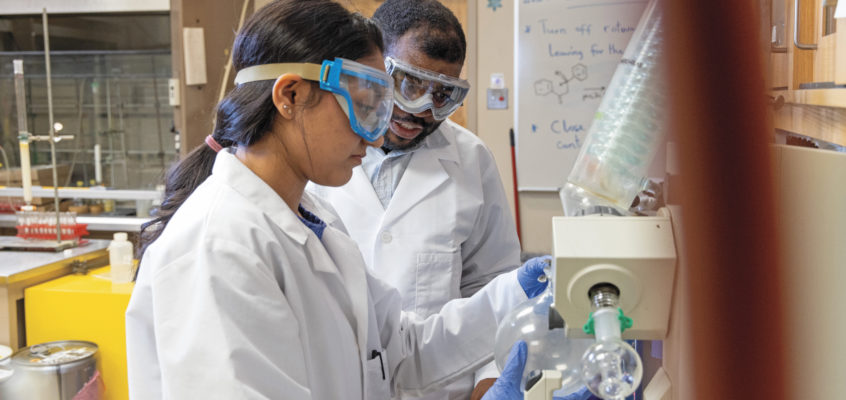
Biology major Sapna Sharaf said she has gained a variety of skills and knowledge through her work in Associate Professor Timothy Beng’s chemistry lab.
The benefits of undergraduate research extend far beyond STEM and social science fields, however.
In the College of Business, the Virtual Analytics Lab (VITAL) allows students on all Central campuses to work with real-world financial, environment, social, and governance data—an important emerging trend in the investment world. Studying real data allows students to identify patterns and imperfections, said Han Donker, chair of the accounting department.
“If you’re in biology, or in chemistry or physics, you have a physical lab,” he said. “In business, our lab is the financial markets. So how can you do research on financial markets while not just reading a textbook? You need real data.”
In the arts and humanities, students take their skills beyond the classroom through scholarly activity and creative expression. Interim Dean of the College of Arts and Humanities Jason Knirck said undergraduates in his college typically complete capstone classes that culminate in a public-facing project, such as a music or theater performance, research paper, or art exhibition. Graduate students do similar work for their theses.
Knirck noted that these projects provide students with opportunities to express their creativity and explore their interests, while simultaneously building a portfolio.
“I want them to graduate with something that they’re proud of: ‘Look, I made something that wasn’t there before,’ or ‘I played a piece that I never thought I’d be able to play,’” he said. “I want them to leave with that experience that can help them confidence-wise.”
••••••••
The Value of Undergrad Research
In May, CWU students from across majors and campuses gathered for the Symposium on Research and Creative Expression (SOURCE), a university-wide celebration of research, scholarship, and creative activity.
After being mostly online for the past three years, the SOURCE conference included in-person and virtual activities, highlighting the work of more than 300 students who applied to give presentations or performances. Faculty judges provided feedback and determined awards, and local K-12 school groups, alumni, and Wildcat community members were in attendance.
The conference aligns with Central’s vision of being a model learning community of equity and belonging, where experiential learning is the main objective, said Christy Gilchrist, Central’s director of research and sponsored programs.
“I want them to graduate with something that they’re proud of: ‘Look, I made something that wasn’t there before,’ or ‘I played a piece that I never thought I’d be able to play.'”
—Jason Knirck, interim dean of the College of Arts and Humanities
“SOURCE showcases the depth and the breadth of scholarly activity and creative expression, and the diversity of it,” she said. “It also fosters the connections among students, faculty, alumni, employers, and professionals in the field—so it really is a big event.”
As a master’s-granting university, CWU doesn’t have PhD students or the expansive infrastructure associated with a large research university. But research is still critical to Central’s mission, and the university’s student-centered community and experienced faculty connect undergraduates with projects that develop their skills outside the classroom and help them share with the world what they’ve learned.
“Once you dig in and put a research project together, you have to really start understanding what’s going on and saying, ‘All right, well, if I understand this, let’s put a theory to test,’” Gilchrist said. “Do we know the answer to this? No? Well, let’s figure something out.”
••••••••
Beyond Typical Teaching
At large, research-focused universities, many top researchers spend little or no time teaching undergraduates. But at Central, the faculty brings with them to their classrooms the knowledge and experiences they gain through research, scholarship, and creative activity. That way, even students who don’t participate in the research projects stand to benefit.
When faculty are current in their fields, they teach the most applicable theories and techniques, Englund said. This holds true in fields like mathematics—his area of expertise—that may seem static.
“You might say, ‘Well, calculus hasn’t changed in 200 years. Why does a mathematician need to stay current?’” Englund said. “Yeah, that’s probably true for calculus, but we also need to know what’s happening in the field of mathematics so we can direct students in the appropriate ways.”
Observing their professors practicing and sharing their work can also help students understand that people who excel in their field are ordinary people whose accomplishments others can aspire to, Knirck said.
“We have a lot of first-gen students for whom academia, at times, needs to be demystified,” he said. “It’s important for them to normalize, ‘what’s an academic conference like?’ ‘What is a master class like in music or theater?’ ‘What does it mean to have your art go to a juried exhibition?’”
Professors who are enthusiastic about their research can draw out students who hadn’t imagined participating in out-of-class projects.
“When I initially thought about research, I was overwhelmed about being able to manage it,” said Sapna Sharaf, a junior biology major. “But it’s really a fun experience, especially when you’re able to do it during undergrad. You can take it with a professor that you’re really interested in what they’re doing.”
Sharaf said she has gained a variety of skills and knowledge through her work in Beng’s chemistry lab.
Central leaders see all of these benefits in action, Gilchrist said, and they want to encourage more participation through programs such as SOURCE, internal grants for faculty who involve students in collaborative research—and, perhaps, other opportunities.
“I love the fact that people are proud of what we have here,” Gilchrist said. “And if they’re proud of that, what kind of support could we have to really enhance our students’ experience here in that high-impact practice?”


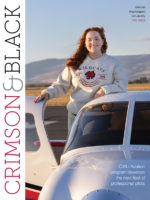
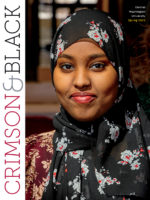
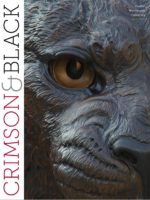
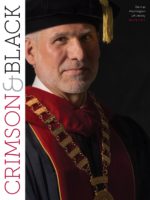
comments powered by Disqus